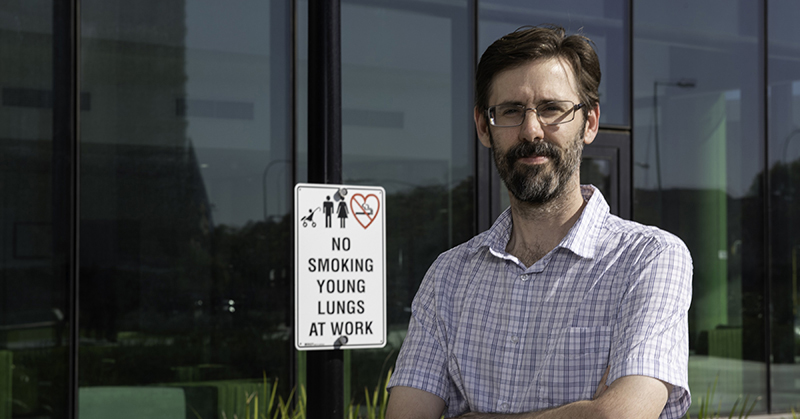Search

Portable equipment is available to enable bedside and community-led research in rural and remote communities, including Indigenous communities where children are disproportionately affected by chronic respiratory conditions.

The lungs represent a key interface between the body and the environment.
Research
Residential mobility amongst children and young people in Wales: A longitudinal study using linked administrative recordsChild poverty remains a major global concern and a child's experience of deprivation is heavily shaped by where they live and the stability of their local neighbourhood. This study examines frequencies and patterns of residential mobility in children and young people at a population level using novel geospatial techniques to assess how often their physical environment changes and to identify geographical variations in social mobility.
Research
Effects of dog ownership on children’s social-emotional development: findings from the PLAYCE cohort studyDog ownership is common in families with children and could play a role in children's social-emotional development. This study used longitudinal data on dog ownership and changing dog ownership to investigate their effects on young children's social-emotional development.
Research
A pilot evaluation of school-based LEGO robotics therapy for autistic studentsThere is emerging evidence that LEGO® therapy is an effective way of supporting younger autistic children develop their communication and social skills. LEGO® robotics therapy - which uses the principles of LEGO® therapy applied to LEGO® robotics - may be an age-appropriate intervention to reduce anxiety and increase social skills in autistic adolescents.
Research
Epigenome-Wide Association Studies of Chronic Obstructive Pulmonary Disease and Lung Function: A Systematic ReviewChronic obstructive pulmonary disease (COPD) results from gene-environment interactions over the lifetime. These interactions are captured by epigenetic changes, such as DNA methylation.
Research
Impact of integrating traditional care with the modern healthcare system in reducing tuberculosis diagnosis delays in Ethiopia: a clustered randomized controlled studyDiagnosis and treatment initiation delays for tuberculosis (TB) are significant challenges in resource-limited settings. These delays can result in poor treatment outcomes, disease transmission, and increased costs. This study aimed to assess the effect of integrating traditional care with modern healthcare systems on reducing TB diagnosis delay.
Research
Mapping fertility rates at national, sub-national, and local levels in Ethiopia between 2000 and 2019Fertility rates are key indicators of population health and demographic change, influencing economic development, healthcare planning, and social policies. Understanding subnational variation in fertility rate is important for effective geographical targeting and policy prioritization. This study aimed to identify geographic variation, trends, and determinants of fertility rates in Ethiopia over the past two decades.
Research
A matter of timing: Biting by malaria-infected Anopheles mosquitoes and the use of interventions during the night in rural southeastern TanzaniaKnowing when and where infected mosquitoes bite is required for estimating accurate measures of malaria risk, assessing outdoor exposure, and designing intervention strategies. This study combines secondary analyses of a human behaviour survey and an entomological survey carried out in the same area to estimate human exposure to malaria-infected Anopheles mosquitoes throughout the night in rural villages in south-eastern Tanzania.
Research
Exploring Hope in Australian Justice Involved Youth with Fetal Alcohol Spectrum DisorderHope is well recognised as a positive protective factor for mental health, improved coping responses to adverse childhood events and better educational outcomes. Hope is composed of synergistic constituents – agency and pathway. A retrospective chart review was conducted of 53 justice-involved youths (10−17 years old) who underwent Fetal Alcohol Spectrum Disorder (FASD) diagnostic assessments with Patches in Western Australia between 2019 and 2020.
